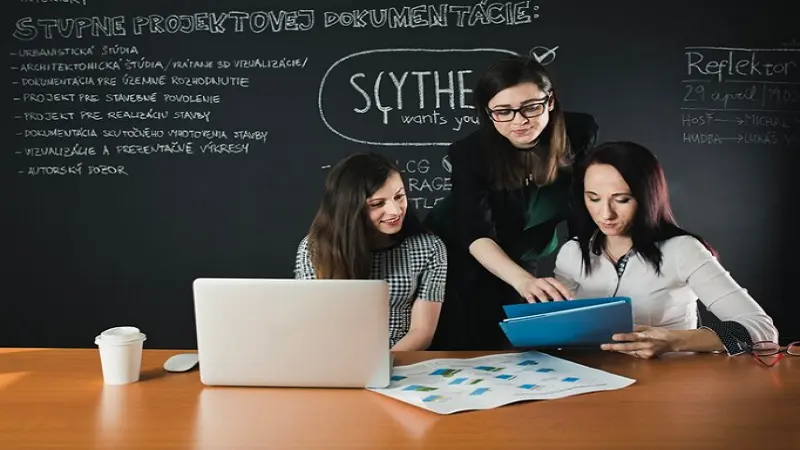In a world filled with riddles and mysteries, few concepts are as intriguing as the idea of a “phoodle hint.” This unique term evokes a sense of playful curiosity, drawing people into a realm where creativity meets intellect. But what exactly does it mean, and how can it inspire us? In this article, we’ll explore the fascinating world of phoodle hints, diving into their origins, their applications, and how they can enhance our daily lives.
What is a Phoodle Hint?
At its core, a phoodle hint is a clue or suggestion designed to spark imagination and encourage creative thinking. It’s like a seed planted in the fertile soil of the mind, waiting to blossom into a full-fledged idea or story. The term itself is a playful combination of “poem” and “doodle,” suggesting a blend of artistic expression and freeform creativity.
While the phrase may sound whimsical, the concept is rooted in serious cognitive processes. Phoodle hints challenge us to think outside the box, nudging us toward innovative solutions in problem-solving and artistic endeavors.
The Origins of Phoodle Hints
The exact origins of the term “phoodle hint” remain somewhat obscure, as it appears to be a modern concoction inspired by the growing emphasis on creative thinking in education and the arts. The rise of brainstorming sessions, mind mapping, and the popularity of “thinking outside the box” have all contributed to this concept’s evolution.
In many ways, phoodle hints are akin to the practices used in improvisational theater, where performers rely on quick-thinking and spontaneity. Just as actors respond to prompts and cues to create a narrative, individuals can use phoodle hints to unlock their creativity and explore new ideas.
The Science Behind Creativity
To truly appreciate the value of phoodle hints, it’s essential to understand the science of creativity. Cognitive psychology has shown that creativity is not a mystical gift bestowed upon a select few; rather, it is a skill that can be developed and nurtured.
Research indicates that certain environmental factors can enhance creative thinking. For instance:
- Diverse Experiences: Engaging in various activities or exposing oneself to different cultures can provide a rich tapestry of ideas to draw from.
- Mindfulness: Practicing mindfulness and being present can help quiet the inner critic, allowing creative thoughts to flow more freely.
- Collaboration: Sharing ideas with others often leads to unexpected connections and innovative solutions.
Phoodle hints tap into these principles by encouraging individuals to explore diverse ideas and collaborate with their surroundings, ultimately fostering a more vibrant creative process.
Practical Applications of Phoodle Hints
1. Writing and Storytelling
One of the most direct applications of phoodle hints lies in the realm of writing. Whether you’re a seasoned author or just starting your creative journey, using hints can help break through writer’s block. Here’s how:
- Prompts: A phoodle hint could take the form of a simple prompt, such as “a lost dog finds its way home” or “a secret door in the library.” These prompts encourage writers to think creatively and develop unique narratives.
- Visual Aids: Doodling while brainstorming can also serve as a phoodle hint. Sketching ideas visually can unlock new perspectives and inspire fresh directions in storytelling.
2. Art and Design
In the world of visual arts, phoodle hints can be invaluable. Artists often find themselves in creative ruts, struggling to find inspiration. Here’s how phoodle hints can revitalize artistic expression:
- Color Challenges: Choose a color palette and create a piece of art using only those colors. This constraint can lead to innovative uses of color and form.
- Thematic Exploration: Select a theme, such as “nature” or “urban life,” and let that theme guide your artistic process. This approach can lead to unexpected discoveries.
3. Problem-Solving
Phoodle hints can also be applied to problem-solving in various fields, from business to personal challenges. Here’s how they can enhance analytical thinking:
- Brainstorming Sessions: In a group setting, present a phoodle hint related to the problem at hand. Allow participants to respond with their interpretations and ideas, fostering collaboration and innovation.
- Mind Mapping: Start with a central idea and branch out with related concepts. This visual representation can help clarify thoughts and spark new insights.
4. Education
In educational settings, phoodle hints can serve as powerful tools for teachers and students alike. Here’s how they can enhance learning:
- Creative Assignments: Assignments that incorporate phoodle hints—like writing a story based on a visual prompt—encourage students to think critically and creatively.
- Interactive Learning: Use hints to create engaging learning experiences. For instance, ask students to design a game that incorporates a specific historical event or scientific principle.
Creating Your Own Phoodle Hints
The beauty of phoodle hints lies in their adaptability. Anyone can create their own hints to inspire creativity. Here are some tips to get you started:
1. Draw Inspiration from Everyday Life
Look around you. Everyday objects and experiences can serve as powerful phoodle hints. A walk in the park might inspire thoughts about nature, while a conversation with a friend could lead to ideas about friendship or conflict.
2. Use Random Words or Phrases
Generating random words or phrases can be an excellent way to create phoodle hints. Tools like word generators can help you produce unexpected combinations, prompting new avenues of thought.
3. Engage with Art and Literature
Explore works of art, literature, or music to discover new themes and styles. Use elements from these works as phoodle hints, allowing them to influence your own creativity.
4. Set Constraints
Imposing limitations can be a great way to stimulate creativity. For instance, challenge yourself to write a poem using only five lines or create a piece of art using just two colors. These constraints often lead to innovative outcomes.
The Impact of Phoodle Hints on Personal Growth
Using phoodle hints isn’t just about creativity; it can also lead to personal growth. Engaging with these hints can foster qualities such as resilience, open-mindedness, and self-discovery. Here’s how:
1. Building Resilience
Creativity often involves failure. Not every idea will succeed, but using phoodle hints encourages experimentation and risk-taking. This practice can help individuals develop resilience, learning to embrace setbacks as part of the creative process.
2. Fostering Open-Mindedness
Phoodle hints challenge preconceived notions and encourage exploration. This openness can lead to new perspectives and a deeper understanding of the world.
3. Enhancing Self-Discovery
Engaging with phoodle hints can facilitate a journey of self-discovery. Through creative exploration, individuals can uncover hidden passions, strengths, and interests that might otherwise remain dormant.
Conclusion: Embracing the Magic of Phoodle Hints
In a world that often prioritizes efficiency and productivity, the concept of phoodle hints reminds us of the beauty of creativity and imagination. These playful clues serve as gateways to innovative thinking, enriching our lives in countless ways.
Whether you’re a writer, artist, educator, or simply someone looking to add a spark of creativity to your day, phoodle hints can be invaluable. By embracing this concept, we can unlock new pathways to inspiration, problem-solving, and personal growth.
So, the next time you find yourself seeking a burst of creativity, remember the magic of phoodle hints. Allow them to guide you on a journey of exploration, where every idea has the potential to blossom into something extraordinary. Embrace the whimsical, the unexpected, and let your imagination run wild!


